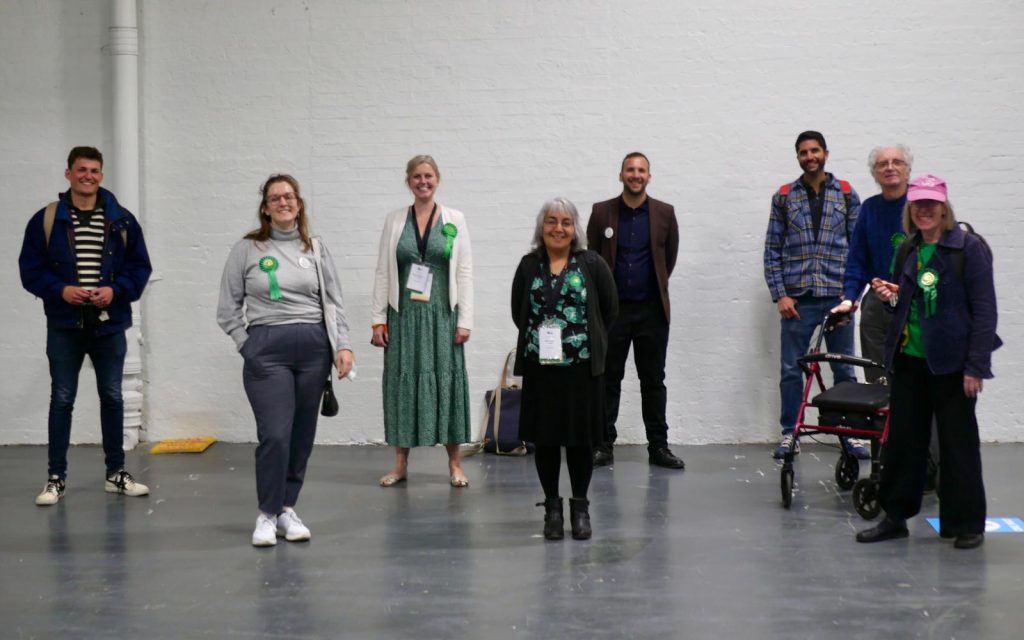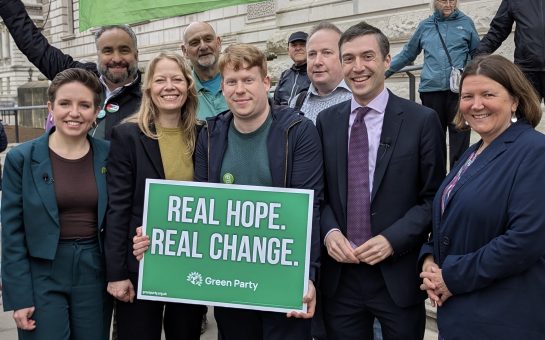The Green Party saw a surge in last week’s local elections, as it gained votes in every single London Assembly race it stood in, firmly cementing its position as London’s third party.
In the mayoral election, Green candidate Sian Berry came in third, the same position as 2016, but with a higher vote share and in the London Assembly, the party gained an extra seat.
And, most striking of all, in each and every one of the constituency votes, the Greens gained substantially on their 2016 results.
What brought on the widespread Green Party surge?
As a party most famed for their focus on the environment and fighting climate change, it’s perhaps no surprise that their support is only growing.
Stephen Fisher, an Oxford professor in politics said there were a number of reasons behind the rise in support.
Dr Fisher said: “One reason is over the recent years there’s been increasing concern about climate change, which is obviously a major point on the Greens’ agenda.
“Across the board rising concern about climate change leads to more Green Party votes.
“There’s also stronger support for the Greens in areas with more graduates and more young people and London in particular has more graduates and young people who have gone to the capital to find work.
“So that helps explain why the Green vote is relatively strong in London.”
When we asked Green Party voters, some said they voted Green because they’d been put off by Labour.
Dr Fisher said: “There’s certainly a link between Labour’s poor performance and the Greens’ strong one – where Labour did worse, the Greens certainly did better.
“Whether that was because people were inspired by the Green Party or put off from the Labour Party is much more difficult to tell.”
Another point which Green voters mentioned was the alternative voting system used for the mayoral election which allowed a voter to pick a first and second choice candidate.
One voter said: “I voted for Sian Berry because I agree most with their policies and it wouldn’t jeopardise Labour’s chances because I put them second choice.
“I wouldn’t have voted Green for something where it would jeopardise someone I valued getting in.”
The data would suggest many other Green voters held this view too as Greens took more second preference votes in the mayoral race than any other party – showing support while giving the main vote to the first choice candidate.
It may have been alternative voting and proportional representation which got the Greens third place in the mayoral election and their London Assembly seats, but it doesn’t explain their extensive gains in vote share in the constituency votes.
In the constituency races, the Green vote share grew in every single one compared to their 2016 performance.
Only in south west London did the Greens not make it to third position in these races, topped by the Lib Dems in South West and Croydon & Sutton.
On the opposite end, in Lambeth & Southwark, the Greens overtook the Conservatives to second place.
Merton & Wandsworth followed the London-wide trend more with the Greens taking third place.
It’s also not just London voting Green with all its young people.
In the Bristol City council elections, the Greens secured the joint highest number of seats with Labour and had more individual votes cast for them.
In Scotland too, the Scottish Greens gained and will now make up a coalition with the SNP to form the devolved administration’s government.

The Green’s success cannot solely be attributed to the young people of London, the poor performance of Labour, or the type of voting system in place.
But one thing we definitely can attribute it to is the growing importance of environmental issues and people’s newfound willingness to take that to the polling station.
Here’s more on the Greens’ nationwide success.
Featured image: Green Party




